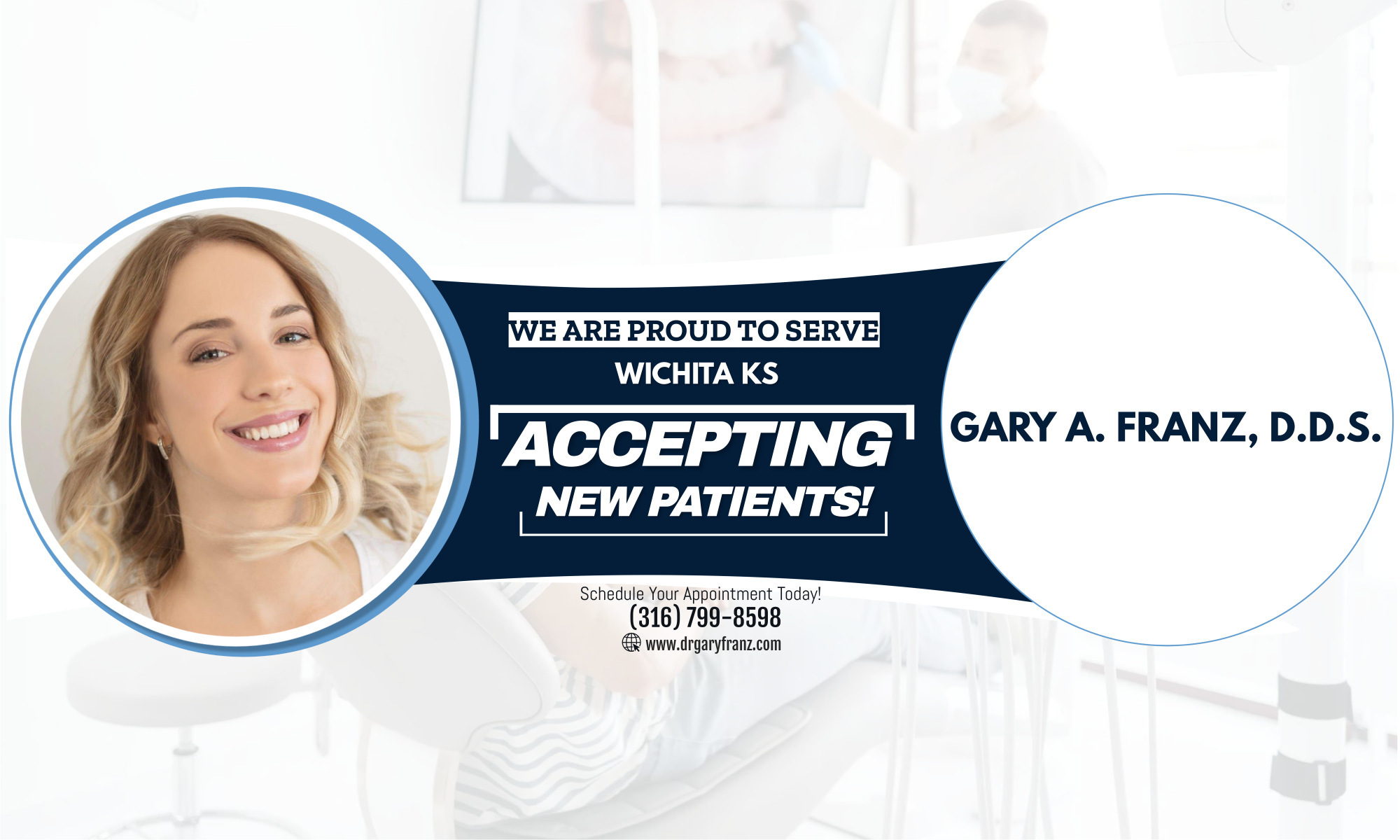Although canker sores are often confused with cold sores, there is a difference.
Canker sores occur inside the mouth, and cold sores usually occur outside the mouth.
Canker sores are small ulcers with a white or gray base and a red border. There can be one or more sores in the mouth. They are very common and often recur.
They usually heal in a week or two and rinsing with antimicrobial mouthrinses may help reduce the irritation.
Cold sores – also called fever blisters – are composed of groups of painful, fluid-filled blisters that often erupt around the lips and sometimes under the nose or chin.
Cold sores are usually caused by herpes virus type I and are very contagious. They usually heal in about a week.
Over-the-counter topical anesthetics can provide temporary relief and prescription antiviral drugs may reduce these kinds of viral infections.
